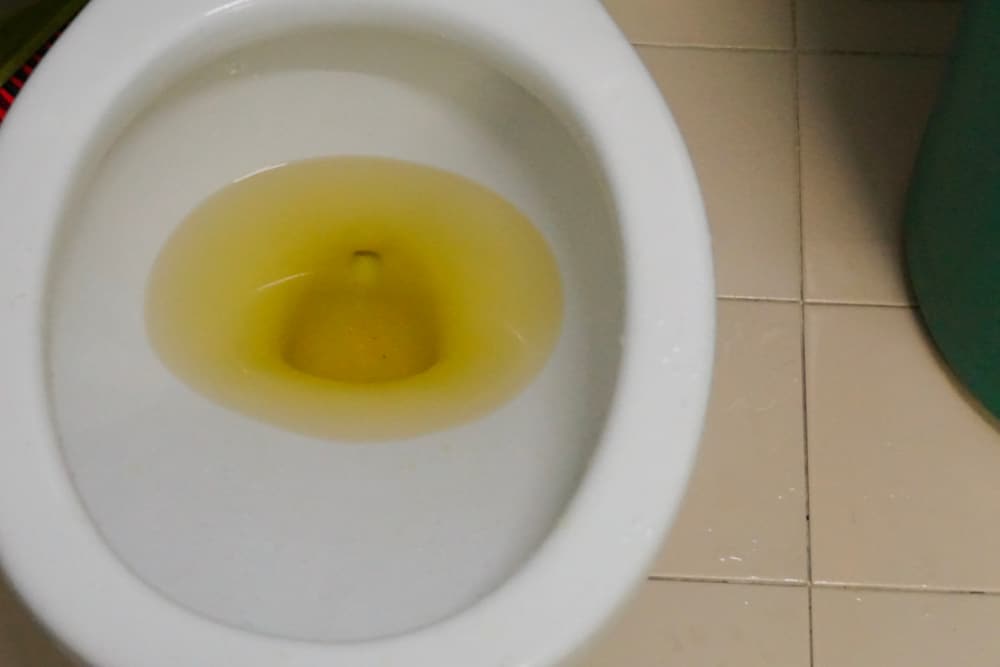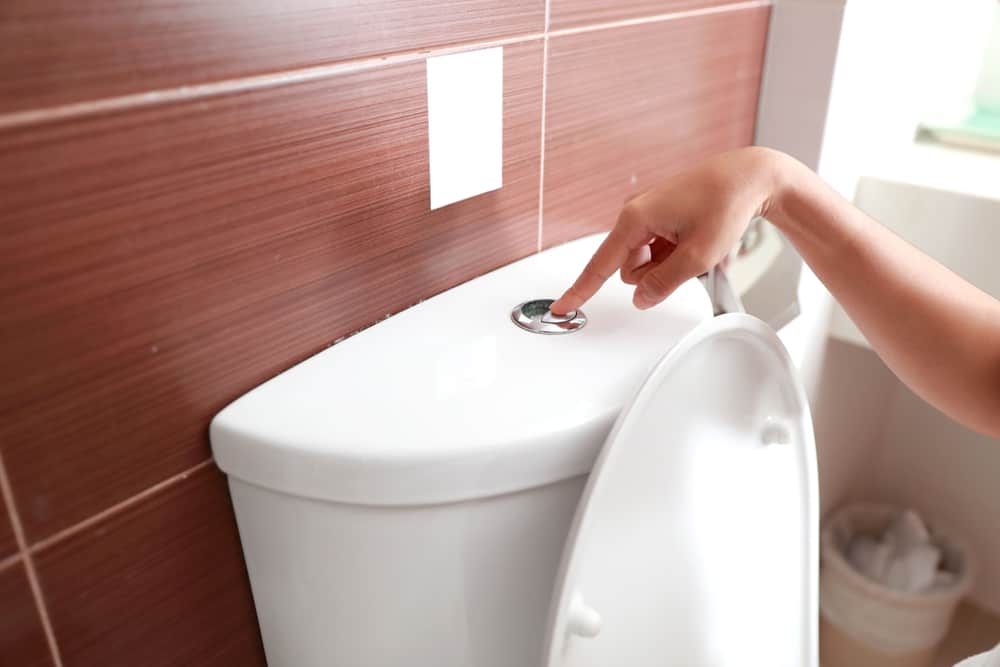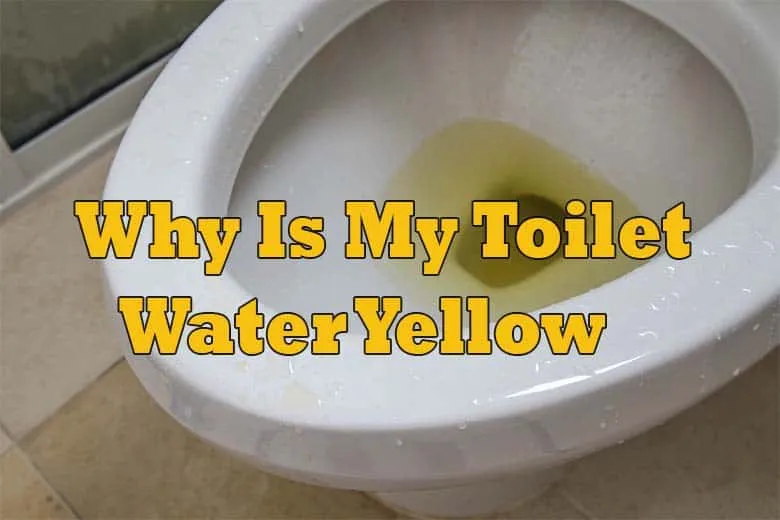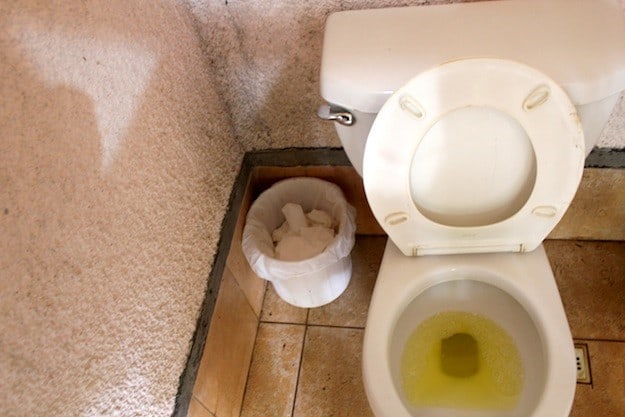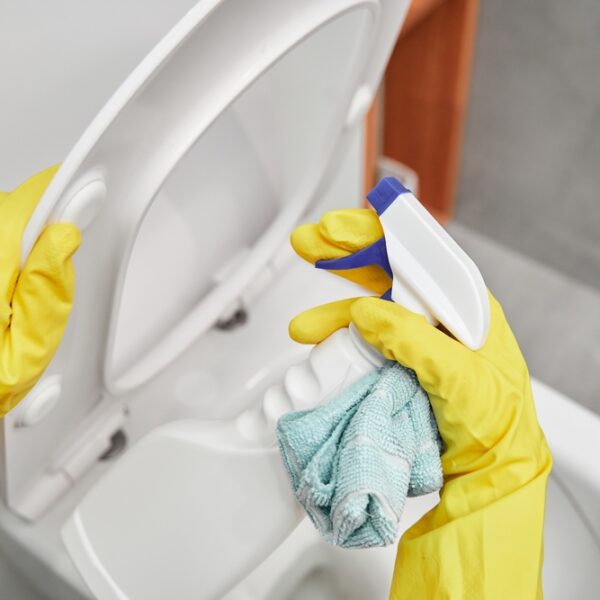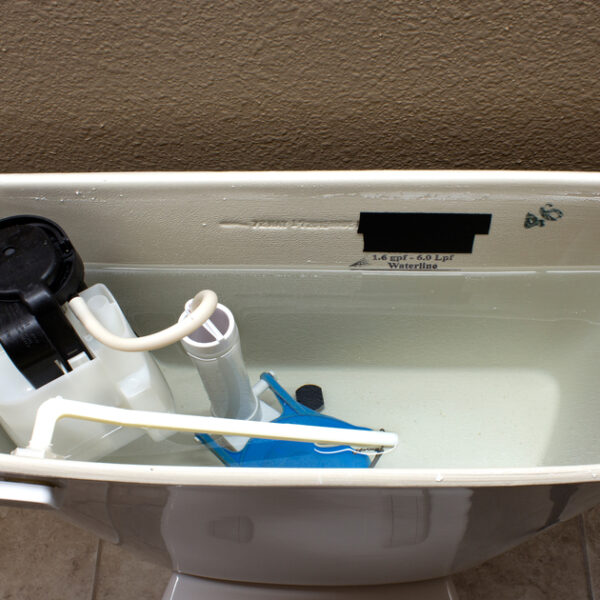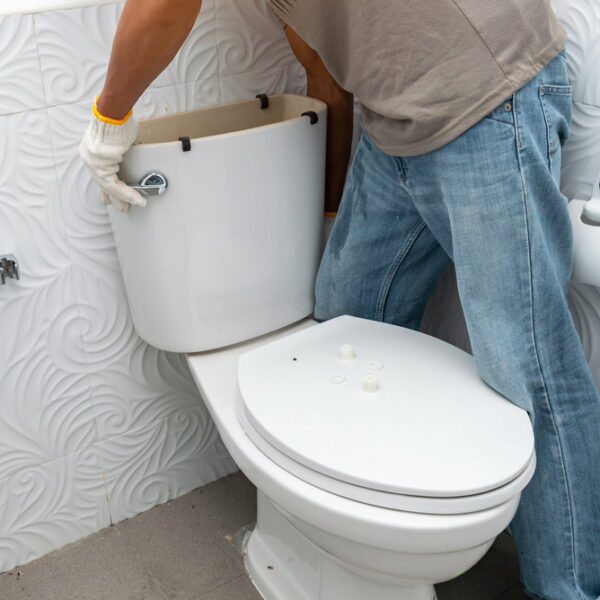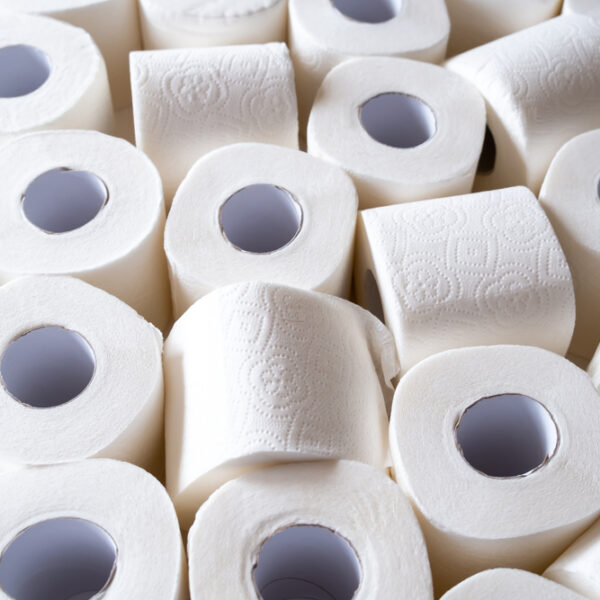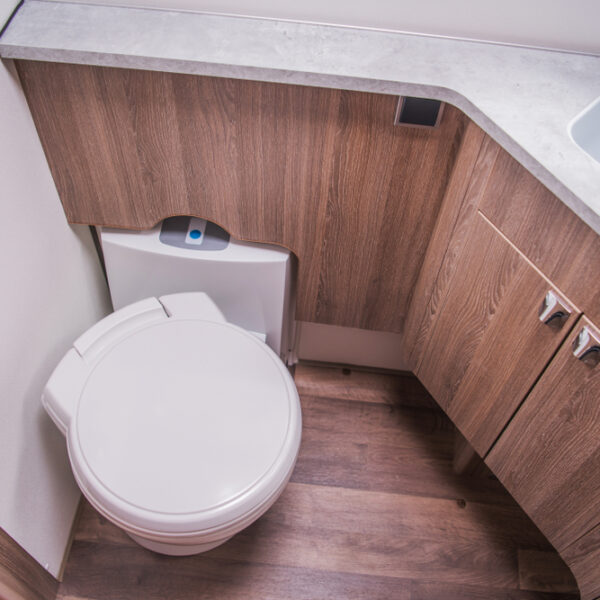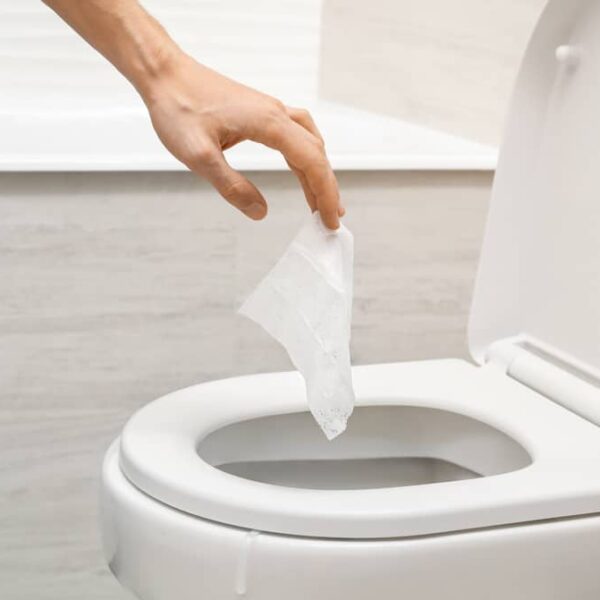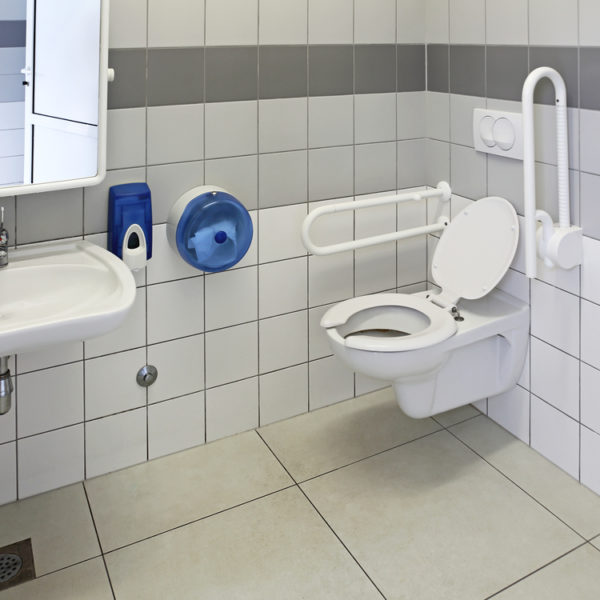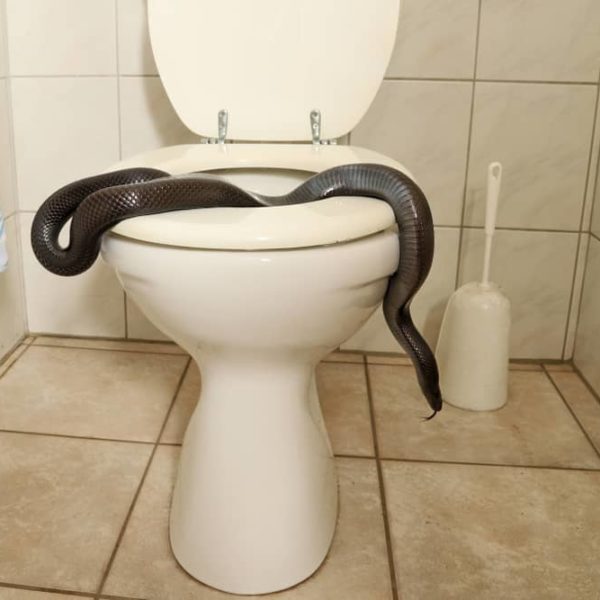Having yellow water in your toilet is not only unsightly but it can also be highly embarrassing if any guests to your house see it and draw the obvious conclusions, namely, that you’ve forgotten to flush your toilet.
However, the fact is, yellow water in your toilet may be due to different reasons entirely – so for those facing a similar issue, in this post we look at all the different causes for this unpleasant problem as we answer the question, why is my toilet water yellow?
Flush the toilet first, then think about other issues
Of course, if you have a recurring problem with yellow water in your toilet, the most obvious solution may be the correct one – it could simply be that someone in your household is being lazy about flushing the toilet after doing their number ones.
This means the first thing you should do is eliminate this possibility. Flush the toilet and check the water that appears in the bowl after the flush to see what color it is. If it’s clear, then you may not have a problem after all.
Also, ask the other people you share your home with if they are forgetting to flush. This may be especially likely if you live with children.
However, if you can assure yourself that the problem is due to something else, there are several other possibilities – and for each possibility, there are steps you can take to rectify the situation.
So now let’s have a look at some of the other culprits that can cause yellow water in toilets one by one.
Why is my Toilet Water Yellow?
1. Hard water
Other than someone forgetting to flush, perhaps the most likely reason for your toilet water being yellow is related to hard water.
When water falls from the sky as rain, it is pure. However, when it reaches the ground, depending on where you live, it may pass through the local geology on its way to the water supply.
As it passes through rocks like limestone, it picks up a whole range of minerals such as calcium, magnesium, zinc, manganese, copper and iron.
These minerals are mostly harmless – and in some cases, they can be beneficial to our health, which is why people spend so much money on mineral water.
However, when they reach your house, they can leave mineral deposits in your pipes and in the various fixtures in your home such as your bathtub, your basin, your kitchen sink, your toilet bowl and more.
Then, eventually, when the deposits have built up enough, pieces can be dislodged and enter the water supply, especially when under high pressure.
A secondary effect of this is that more mineral deposits can also form in your toilet bowl, leaving ugly yellow stains in there that you’ll also need to clean off.
- What to do about it
If you think the problem in your home is due to mineral deposits in your system, it can be difficult and costly to deal with.
If the problem can be traced back to a mineral deposit in your toilet tank – also known as the cistern – you can start by cleaning the inside of that. It’s possible that the yellow water is developing in the tank, so cleaning it may resolve the issue.
To do this, simply pour a few cups of white vinegar into the tank and leave it there for about 12 hours before flushing. This should clean the tank, and you may find that you need do nothing else.
However, if the mineral build-up is located in your pipes or somewhere more inaccessible, you may have to have your pipes replaced, which will usually involve calling in a professional plumber.
For this reason, it’s advisable to eliminate some of the other possible causes first before you decide to replace parts of your plumbing system.
2. Rusting bolts in your cistern
Certain parts of your toilet cistern like the bolts that hold things in place are made of metal, and due to their prolonged exposure to water, they may begin to rust.
This in turn will discolor your tank water, and then when you flush, dirty reddish-yellow or brown water will appear in your toilet bowl.
- What to do about it
Happily, this is an easy problem to fix. If you open up your cistern and find that the bolts or something else has started to rust, all you need to do is turn off the water to the tank, flush the toilet to empty the tank, remove the tank’s lid and remove and clean the rusted part.
This means you will need to scrub the rusted bolts with a wire brush to remove rust.
You can also pour some vinegar into the cistern and leave it for twelve hours before flushing to clean the rest of the tank as described above. This may also help ensure the water in your toilet is clean and clear.
Alternatively, if the part is too rusty to save, you may need to replace it. However, this is a quick fix that will cost you far less than replacing large sections of your plumbing system.
3. Old rusting pipes
If you live in an older house, something to consider is the possibility that your old pipes are to blame for the discolored water.
Specifically, houses built before the 1960s are likely to have pipes made of galvanized steel or iron. Back then, these materials were favored since they were sturdy and durable, but with time, they can start to corrode.
When they corrode, the water they carry becomes contaminated with rust, and this will turn the water yellow.
Now, 70 years or more later, this is a problem that is likely to occur with these kinds of antiquated plumbing systems, so if you know you have old pipes and your water has started turning yellow, you should have a good idea of where to look.
- What to do about it
If you have any old rusted pipe, you will need to replace it urgently. This is because the discolored water should serve as a warning that your pipes are corroding – and eventually, if you don’t replace them, they are likely to burst.
Unfortunately, this will be an expensive job to have done – but it’s not one you can put off because repairing the damage after a flood caused by burst pipes will cost you even more.
4. Iron in your water
Another reason for water to turn yellow is if it contains high concentrations of iron from the source before it reaches your home.
Iron may be present as part of the cocktail of minerals in your water supply, but if iron specifically is present in high concentrations, this alone can turn the water yellow.
A tell-tale sign of high iron levels in your water is if you start to see rust-colored stains appearing on fixtures like your bathroom faucets.
- What to do about it
If you suspect the water in your water supply has a high iron content, you should contact your local water company to test it. If they find that the iron levels are too high before the water reaches your house, it will be their responsibility to fix it.
5. Standing water
A less serious cause for yellow water in a toilet is simply that it has been left to sit there for too long. For example, if you go away for a long vacation, when you return home, you may find your toilets filled with yellow water.
This discoloration is caused by a combination of bacteria and dust in the water, and exactly the same happens to water anywhere it is left standing – that is, it turns stagnant.
- What to do about it
If you come back from vacation to find your toilet water has turned yellow, simply flush the toilet several times to see if it returns to the normal color. After that, make sure you flush all your toilets regularly to prevent the problem from recurring.
If not, you are probably looking at another problem somewhere else in the system.
6. Contaminated water supply
There is a possibility that a leaking pipe carrying dirty water has contaminated the water supply to your toilet tank. If contamination has occurred, it may account for the strange color of the water in your toilet bowl.
- What to do about it
It may be hard to ascertain whether this is the cause of your problem without calling in a plumber. However, once you have isolated this as the issue, the fix is simple – you just need to have the damaged section of pipe repaired or replaced.
7. Local repairs
A common cause of discolored water is that the local water company is carrying out repairs or other work on their pipes, and this is causing the water to run dirty in your home.
- What to do about it
In this case, all you can do is call the water company to ask them if any repair work is being carried out. If they say it is, you just need to wait until it’s finished.
When they have finished, you will need to flush the toilet a few times, after which, the water should start coming through clean again.
Also, you will probably need to leave the faucets open and the water running in your bathrooms and kitchen to clear any dirty water from the pipes.
8. Water softener
If you use a water softener to soften the water in your house, sometimes, this can cause the water to change color, giving you yellow toilet water. The clue that this is the cause of your yellow water will be if you recently started using a water softener.
- What to do about it?
If you think this is why your water has turned yellow, all you can do is wait because, with time, this problem will disappear on its own.
Is yellow toilet water dangerous?
It’s hard to give a definitive answer as to whether yellow water is toxic or dangerous since it depends on why the water has changed color.
However, since we are talking about the water used to flush the toilet, it’s unlikely to cause any problems since nobody will be consuming it.
(At the same time, you may want to ensure that no pets like cats or dogs have access to it because some animals have been known to drink water from the toilet.)
On the other hand, if you notice the water from your shower turning yellow, it’s more of a problem, and you should try to identify the cause and rectify it.
Even worse, if your drinking water supply turns yellow, you should stop drinking it immediately and call in a professional since you don’t want to take any risks with your health.
Final tip
One important point to remember when trying to identify the source of the yellow water in your toilet is to consider whether other fixtures have been affected.
If you notice yellow water in all your toilets, basins, showers and kitchen faucets, the problem will be a generalized one and may be related to the supply to your whole house.
However, if the problem is only affecting one toilet, it is likely that the problem is located in the cistern or in the pipes leading to the toilet, so that way, you’ll know where to start looking.
Several possible reasons – and best to identify the cause as quickly as possible
As we have seen, there are several possible reasons for your toilet water to turn yellow, but in all cases, the best advice is to try to identify the cause of yellow water as quickly as possible. This way, you will be able to rectify the problem and potentially protect your family’s health.
Some of the causes are easy to fix – but unfortunately, some others may end up causing you quite a bit of money. However, this is still better than your pipes bursting or members of your family falling sick, so it’s something that’s best not put off until later.
